There’s something magnetic about the vibe of a boutique hotel—clean lines, soft textures, and that perfect balance of luxury and personality. The good news? You don’t need a fancy interior designer or a total renovation to recreate that ambiance at home. With a few smart tricks, even the smallest living spaces can feel elevated, intentional, and yes, just a little indulgent.
1. Layer Your Lighting for Instant Atmosphere
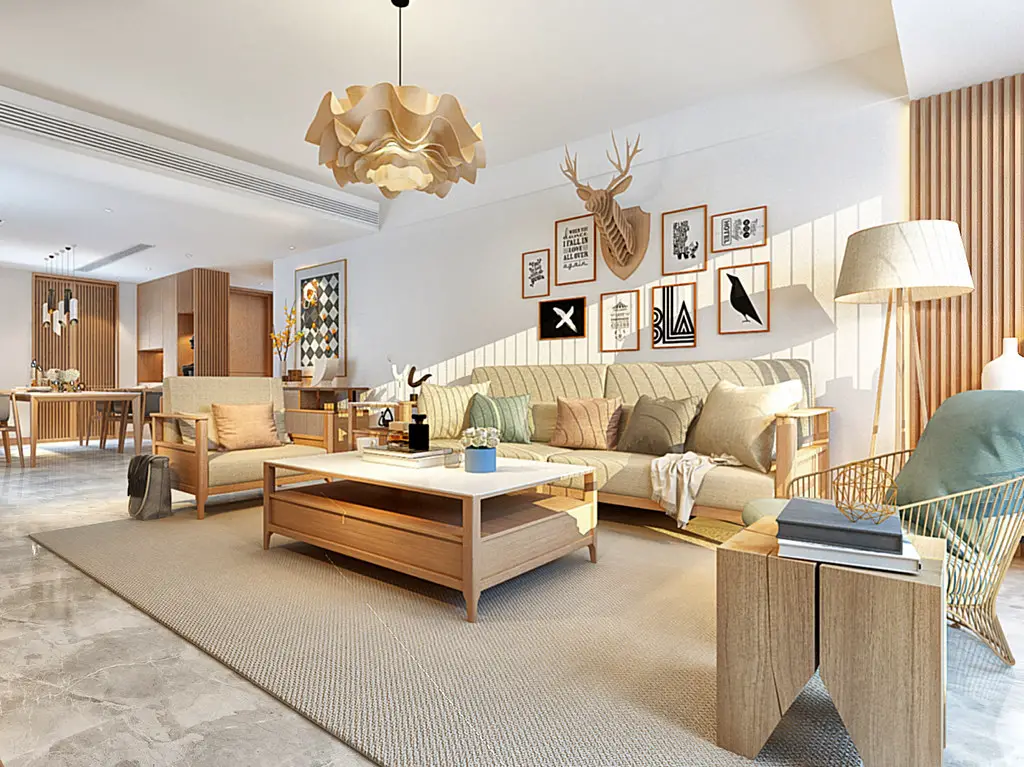
Boutique hotels almost never rely on a single overhead light. According to HGTV, they often use a combination of ambient, task, and accent lighting to give rooms a more curated, cozy feel. Think wall sconces flanking the bed, a stylish floor lamp in the corner, and maybe even some LED strips tucked under shelving. It’s all about creating zones of light that feel warm and welcoming rather than harsh and flat.
Layered lighting also allows you to control the mood of your space throughout the day. You can keep things bright and functional during working hours, then switch to a softer, more relaxed tone in the evening. Mixing lighting types adds visual interest and depth, even in rooms that are tight on square footage. It makes a basic apartment feel like a thoughtfully designed suite.
2. Keep a Tight, Intentional Color Palette
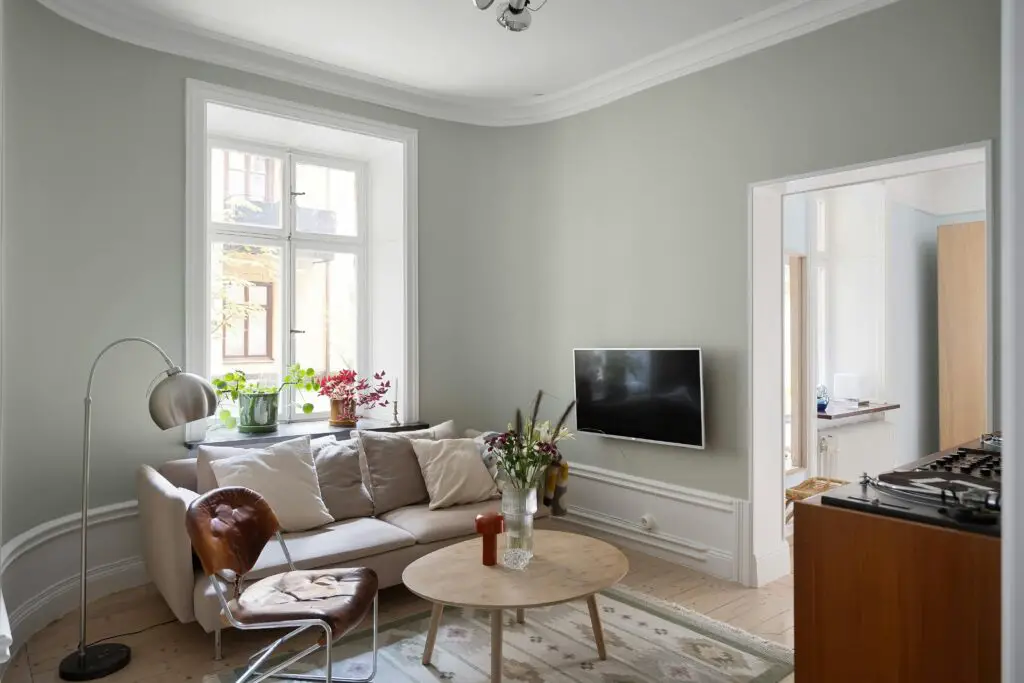
Too many competing colors can quickly overwhelm a small room. Architectural Digest recommends using a focused color palette—often two or three hues max—to make a space feel cohesive and calming. A neutral base (think cream, gray, or soft taupe) paired with a rich accent like forest green or navy can instantly elevate a room. It’s a trick borrowed directly from hotel designers, who aim for visual unity without sacrificing character.
Repeating colors in textiles, artwork, and accessories helps a room feel larger and more deliberate. When your eye isn’t constantly bouncing from color to color, the space feels more expansive. You don’t need everything to match, but having a shared tone or undertone throughout makes a big difference. Bonus points if your palette includes textures like velvet, rattan, or leather to add dimension.
3. Hang Curtains High and Wide
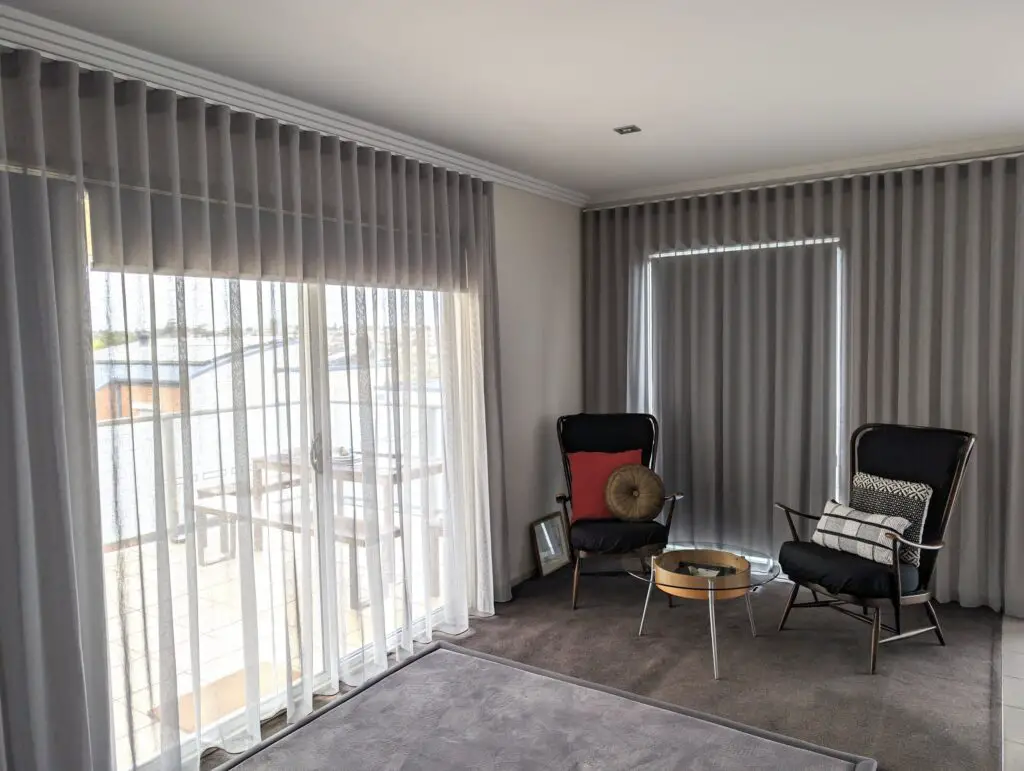
Real Simple explains that one way boutique hotels make rooms feel larger is by manipulating sight lines. Hanging curtains just below the ceiling—and extending the rod wider than the actual window—draws the eye upward and makes the space seem taller and more luxurious. Lightweight, flowing curtains in a neutral tone enhance this effect without overwhelming the window. It’s an affordable hack with a dramatic impact.
This method works especially well in older apartments with awkward window placement. You can even fake the look of bigger windows by letting curtains cover more wall than glass. The result is softer, more inviting, and far more elegant than a basic window blind. Add tiebacks or layered sheers for an extra boutique feel.
4. Dress the Bed Like It’s the Star of the Show
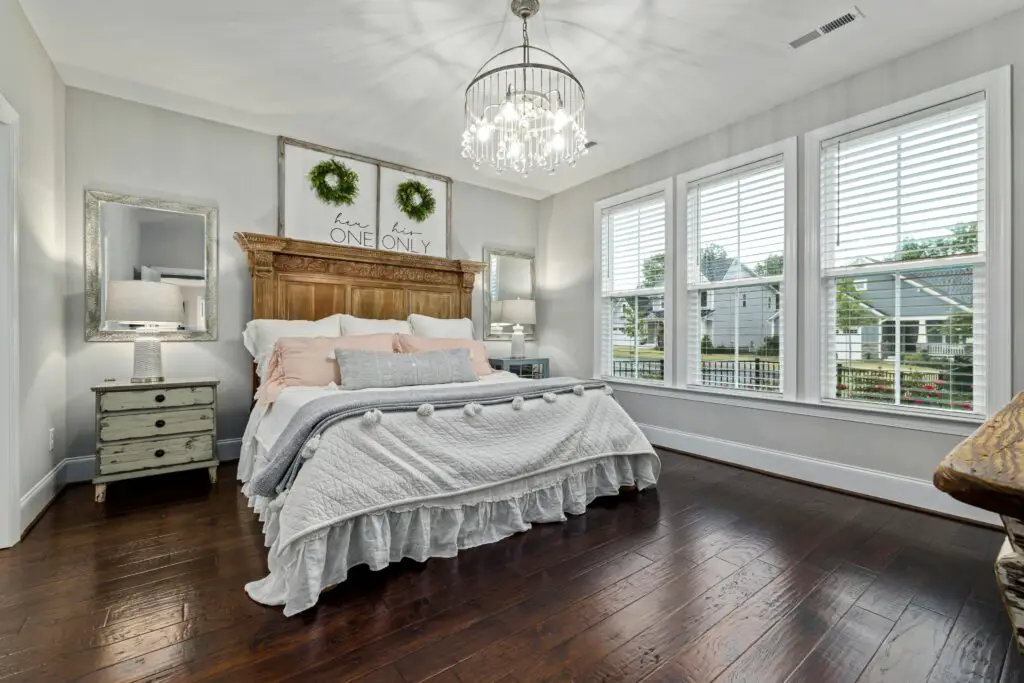
A bed in a boutique hotel always looks like it belongs in a magazine—and that’s no accident. The Spruce points out that hotels often use multiple layers, like crisp sheets, a quilt or duvet, and decorative pillows to make the bed the room’s focal point. Choosing high-quality, breathable fabrics in solid tones or subtle patterns adds an immediate sense of polish. Even if the rest of the room is simple, a well-dressed bed can carry the whole design.
Start with a solid base: a supportive mattress, fresh sheets, and a fluffy duvet. Add a throw blanket at the foot of the bed and two or three throw pillows in complementary textures. You don’t need a hundred pillows to get the look—just a bit of thoughtfulness and layering. Once the bed looks luxe, the whole room feels more pulled together.
5. Choose One Oversized Piece of Art
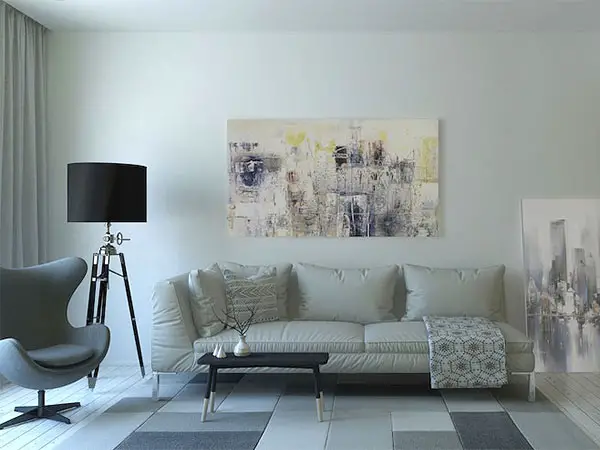
Small wall décor can make a small space feel cluttered. Instead, opt for one large statement piece—whether it’s a framed print, canvas, or even a vintage map. Big art creates a focal point and anchors the room without competing for attention. It also tricks the eye into thinking the space is grander than it really is.
Choose something that complements your color scheme and speaks to your personal style. Abstracts, line drawings, and moody landscapes all work well in small spaces. Avoid cluttering the walls with lots of tiny pieces unless you’re creating a very intentional gallery wall. Keep it simple, and let one big piece do the heavy lifting.
6. Float Your Furniture
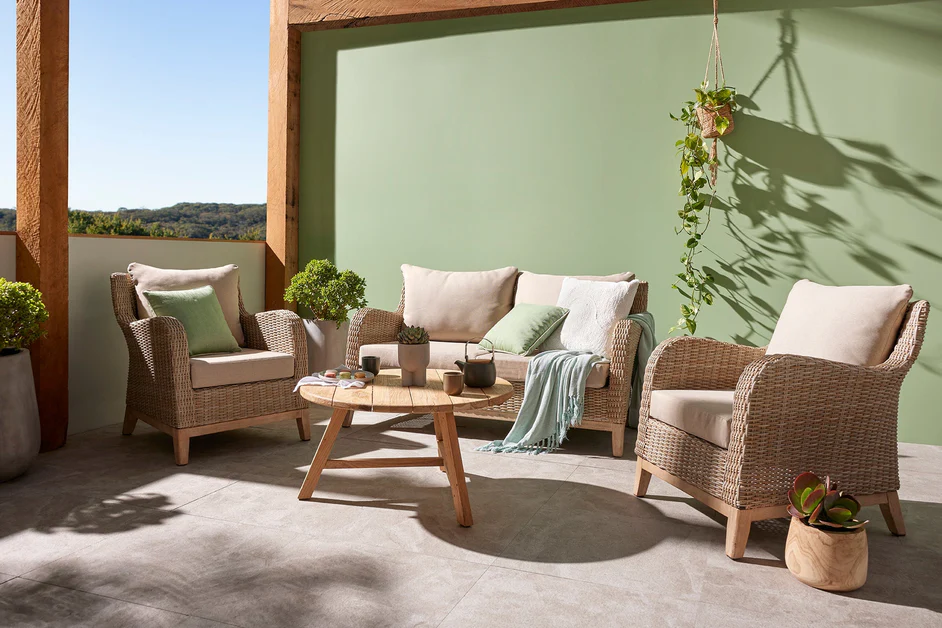
Most people instinctively push all their furniture against the walls to “open up” the space. But floating key pieces—like a sofa or bed—can actually create better flow and give a room more dimension. Leaving space behind or around furniture gives the illusion of openness. It also allows you to define functional areas, like a reading nook or workspace, within a single room.
You don’t need a huge footprint to make this work. Even pulling a loveseat a few inches away from the wall can make the space feel more dynamic. Try anchoring a floating sofa with a rug or adding a narrow console table behind it. The trick is to think in zones, not walls.
7. Use Mirrors to Expand the Space
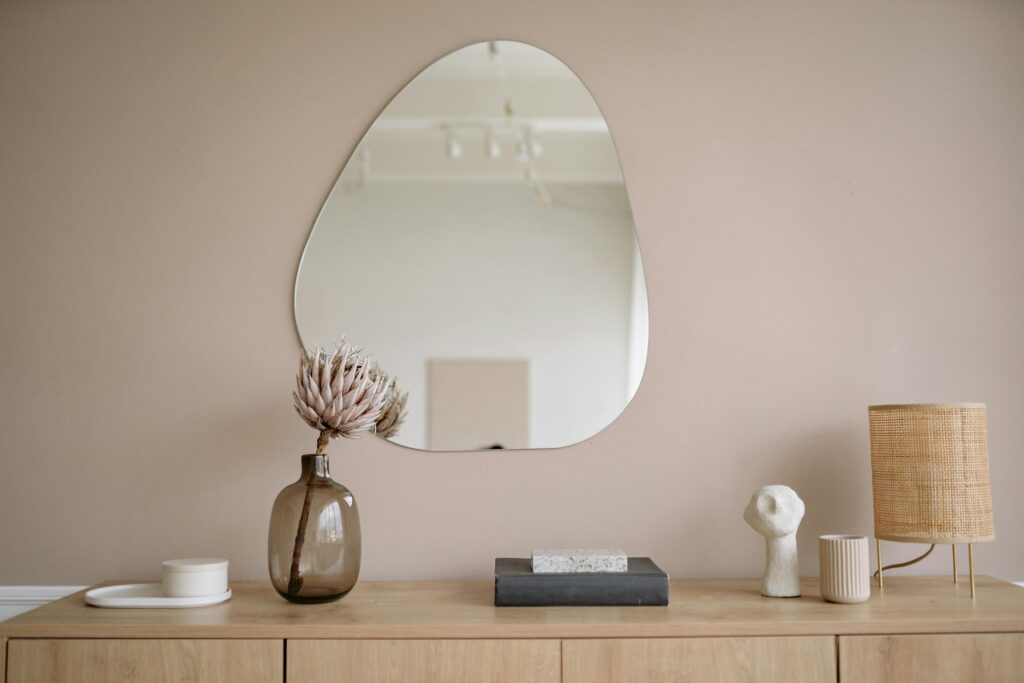
Mirrors are the oldest small-space trick in the book—and they work. A large mirror reflects both light and sightlines, instantly making any room feel bigger and brighter. Try placing a mirror opposite a window to bounce natural light around the space. Or use a mirrored piece of furniture for a double dose of style and function.
Leaning mirrors or those with decorative frames can act like art while serving a practical purpose. You can even layer mirrors for extra texture if your room has a more eclectic vibe. The key is placement—where it reflects matters as much as what it reflects. It’s a fast, renter-friendly upgrade that pays off.
8. Accessorize Like a Stylist
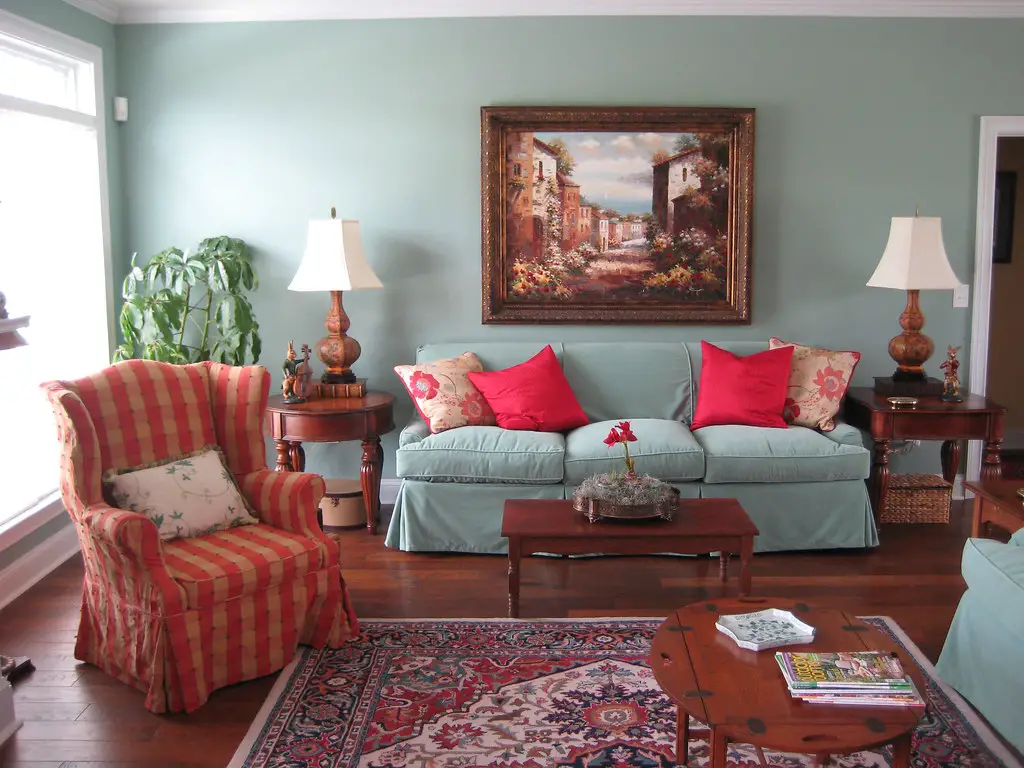
Boutique hotels don’t leave surfaces bare—but they don’t overload them either. Thoughtfully chosen accessories like a marble tray, a candle, or a stack of pretty books can instantly elevate your dresser or coffee table. Less is more, especially in small spaces, but the right touches go a long way. Aim for a mix of materials (glass, wood, ceramic) and heights to keep things interesting.
Rotate your accessories seasonally or as your style evolves. It keeps the space fresh and personalized without major expense. Even something as small as a linen napkin on a breakfast tray can create that “hotel morning” vibe. The goal is to make ordinary moments feel a little more special.
9. Incorporate Built-In or Built-In-Looking Pieces
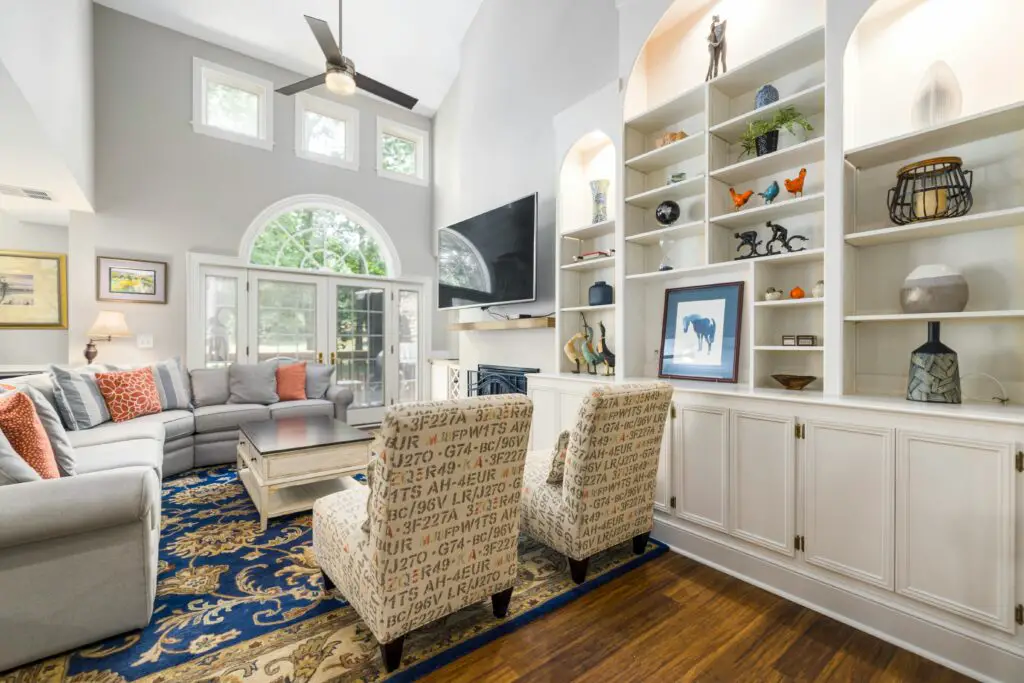
Built-ins are a hallmark of high-end design, and they work wonders in compact rooms. Whether it’s a window bench, a bookshelf tucked into a nook, or a platform bed with drawers, built-in furniture saves space while feeling custom. If you’re not ready for carpentry, there are plenty of clever DIY solutions that mimic the look. Painting everything the same color as the walls adds that seamless feel.
Even IKEA pieces can look elevated with a little modification. Try surrounding a basic cabinet with trim or using bookshelves to create a faux “nook.” These additions help define spaces and add serious storage without making the room feel crowded. They also signal thoughtful design—like a boutique hotel would.
10. Stick to a Signature Texture
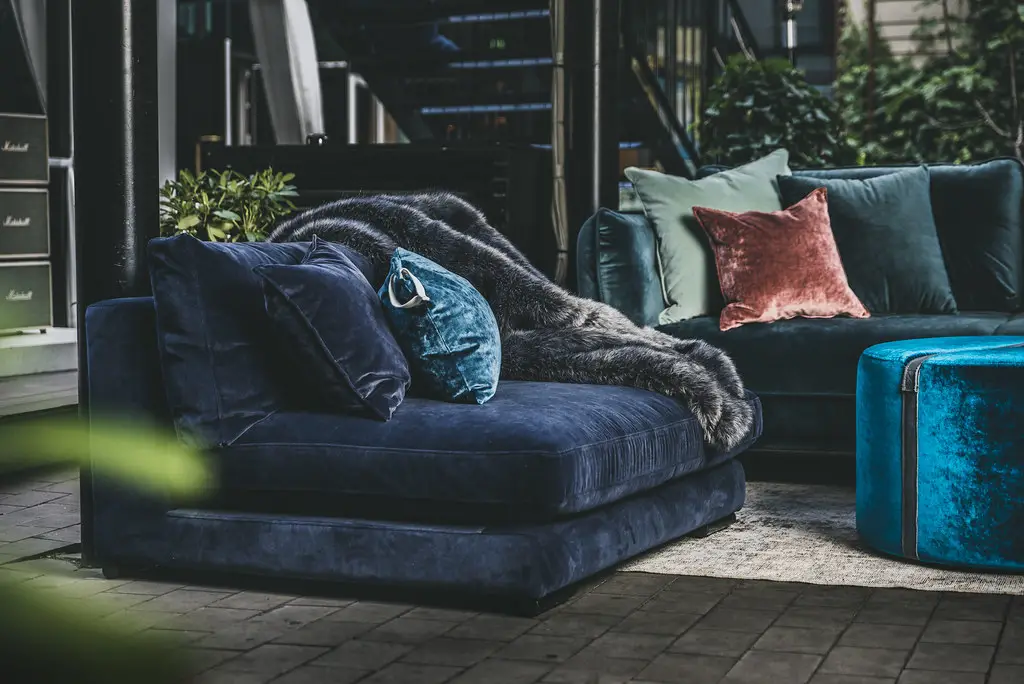
Boutique spaces often use repetition to unify their look, and choosing a single “hero” texture can tie everything together. Whether it’s velvet, rattan, matte black metal, or brass, repeating the material in multiple places helps the room feel curated. Maybe it’s a velvet chair, velvet pillows, and a velvet headboard all in the same tone. It makes the space feel luxe and intentional without being overdone.
You don’t need to go overboard or make everything match perfectly. Just identify a texture you love and find a few ways to weave it in. The repetition will create a visual thread that runs through the space. It’s a simple way to make even budget pieces feel like part of a plan.
11. Choose a Signature Scent
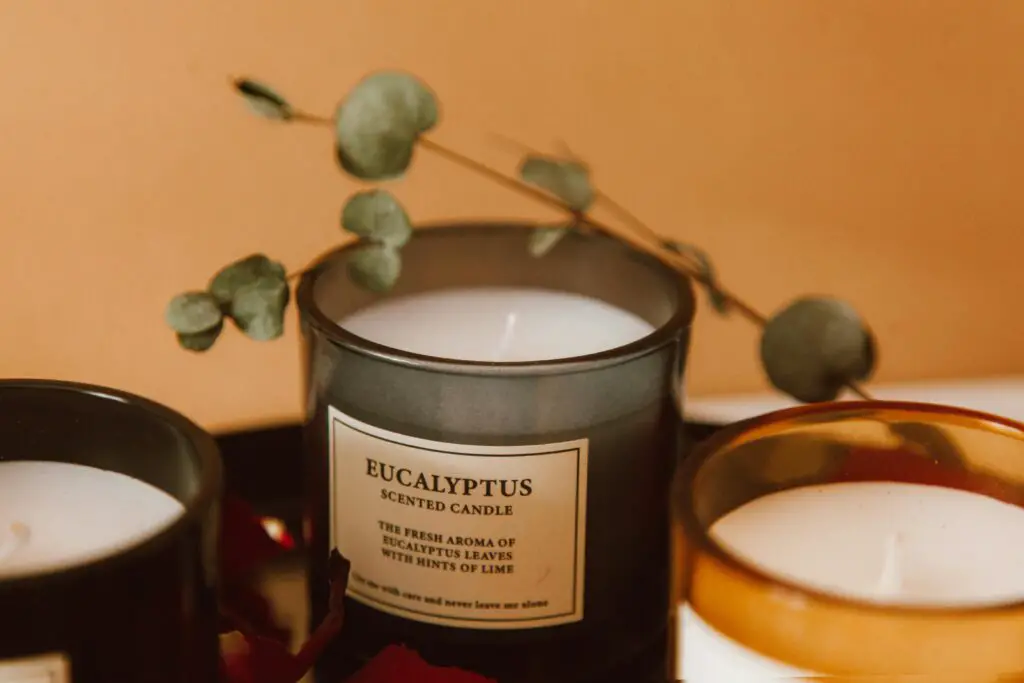
Scent is the final frontier of home design—and boutique hotels have long used it to create a complete sensory experience. A signature scent, whether it’s sandalwood, bergamot, lavender, or fresh linen, gives your space a consistent, luxurious vibe. Use candles, essential oil diffusers, or room sprays to establish the mood. The scent becomes part of your space’s personality.
Consistency is key here. You want to pick one main scent and use it across rooms so your home feels like a cohesive experience. Don’t underestimate the power of memory—guests will associate your space with that scent long after they leave. It’s a subtle, powerful way to make your home feel like a staycation.
